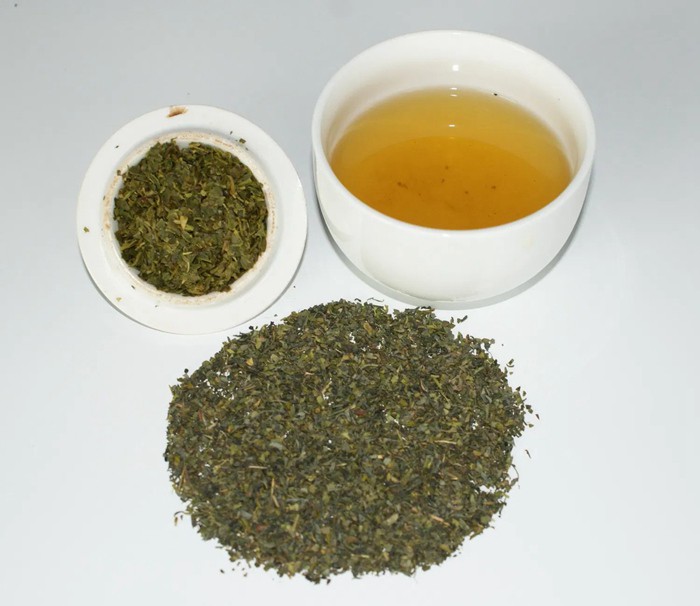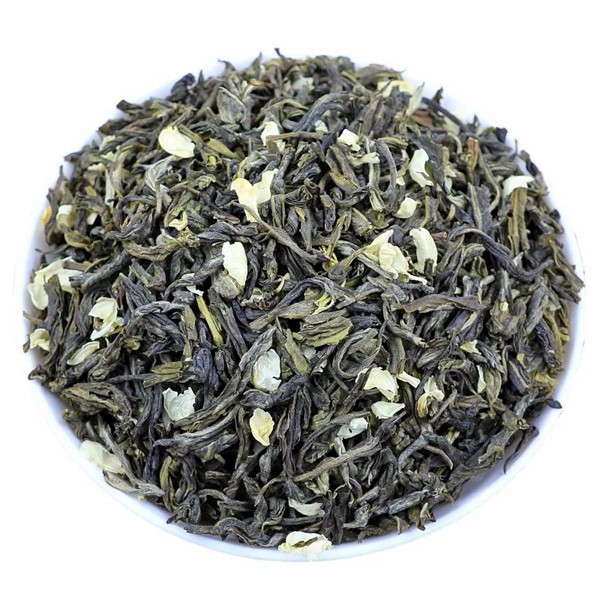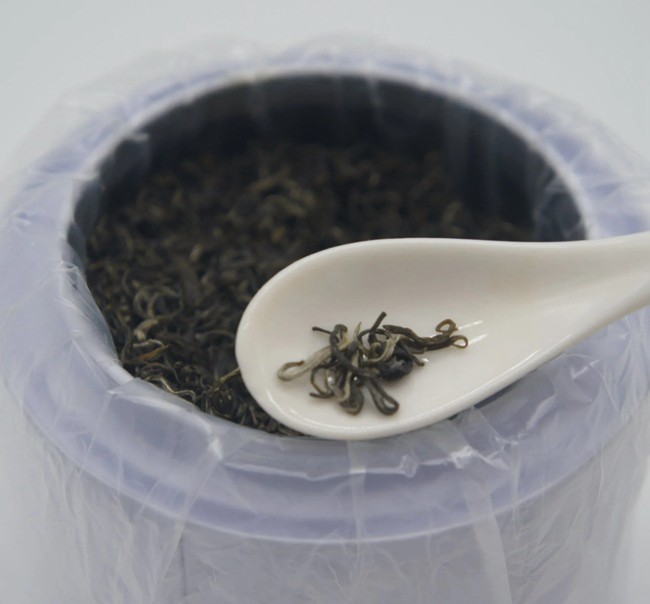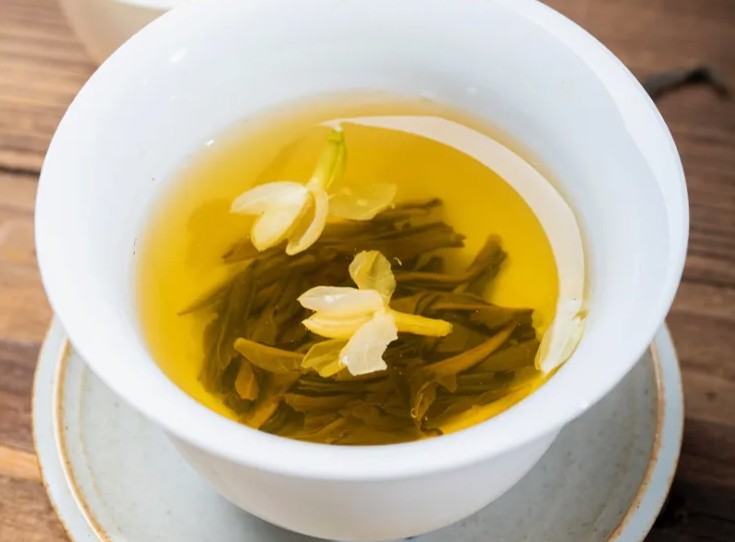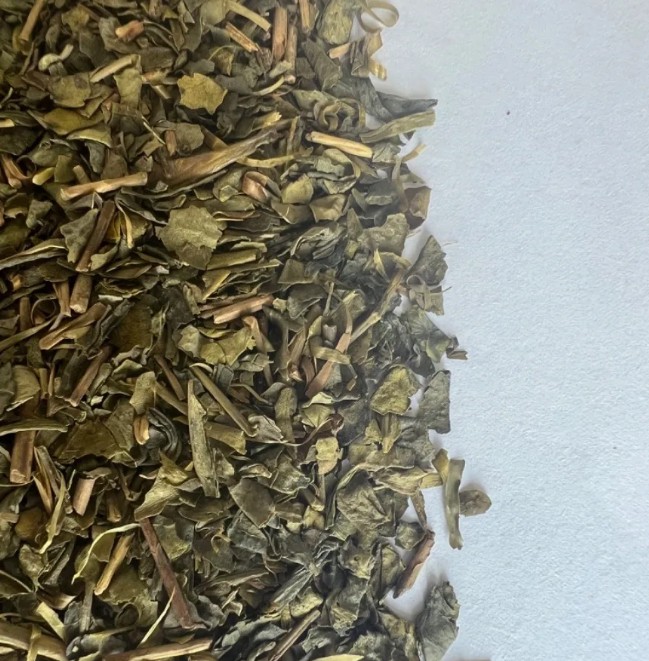Take you into the world of green tea
Product description
From the misty mountains of China and Japan to teacups worldwide, green tea holds a unique and revered position. More than just a beverage, it's a cultural touchstone, a symbol of wellness, and a source of delicate flavors enjoyed for millennia. Unlike its black or oolong cousins, green tea retains its vibrant color and fresh character through a unique journey from leaf to cup.
The Secret Lies in Processing:
The defining characteristic of green tea is its minimal oxidation. Immediately after harvesting, the freshly plucked leaves (from the Camellia sinensis plant) are treated with heat – either by pan-firing (common in China) or steaming (common in Japan). This crucial step halts enzymatic activity, preserving the leaf's green chlorophyll, natural antioxidants, and fresh, vegetal, or grassy flavor notes. The leaves are then rolled and dried, locking in their essence.
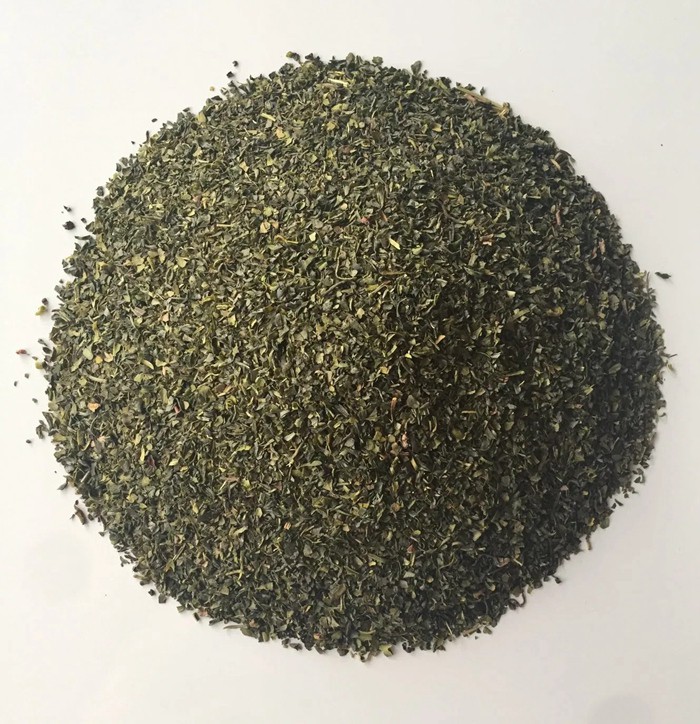
A Kaleidoscope of Flavors:
Green tea is far from monolithic. Its taste profile is incredibly diverse, shaped by origin, cultivar, processing, and even the time of harvest:
China: Offers a vast range. Dragon Well (Longjing) is famed for its smooth, chestnut-like sweetness and flat, jade-green leaves. Gunpowder teas, with their tightly rolled pellets, yield a slightly stronger, more robust brew. Jasmine green tea, scented with jasmine blossoms, provides a beautifully fragrant and floral experience.
Japan: Prized for its vivid green color and umami-rich flavors. Sencha, the everyday tea, is refreshing and grassy. Matcha, stone-ground powdered tea used in ceremonies, delivers a vibrant, intense, creamy flavor and full-body experience. Gyokuro, shade-grown before harvest, offers exceptional sweetness and depth.
Other Regions: Korea, India, Vietnam, and beyond also produce distinctive green teas, adding to the global tapestry.

The Health Halo (With Nuance):
Green tea is often lauded as a health elixir, and science provides some backing. Its star components are potent antioxidants called catechins, particularly EGCG (Epigallocatechin gallate). Research suggests regular consumption may be associated with:
Antioxidant Power: Combating free radical damage linked to aging and chronic diseases.
Heart Health: Potential benefits for cholesterol levels and blood vessel function.
Metabolic Support: A slight boost to metabolism and potential aid in weight management (alongside diet/exercise).
Oral Health: Catechins may inhibit bacteria growth.
It's vital to remember that green tea is not a miracle cure. Most benefits are associated with consistent, moderate consumption as part of a healthy lifestyle. Always consult a doctor for medical advice.

Brewing the Perfect Cup:
To truly appreciate green tea's nuances, brewing matters:
Water Temperature: Avoid boiling water! Ideal temperatures range from 140°F to 185°F (60°C to 85°C), depending on the tea (delicate Japanese greens like gyokuro need cooler water; heartier Chinese greens tolerate warmer). Boiling water scalds the leaves, releasing bitterness.
Steeping Time: Shorter is usually better – typically 1-3 minutes. Over-steeping also leads to bitterness.
Quantity: Generally, 1 teaspoon per cup (8 oz) is a good start, adjustable to taste.
Teaware: Porcelain or ceramic cups allow the color and aroma to shine. Gaiwans or kyusu pots are traditional favorites.

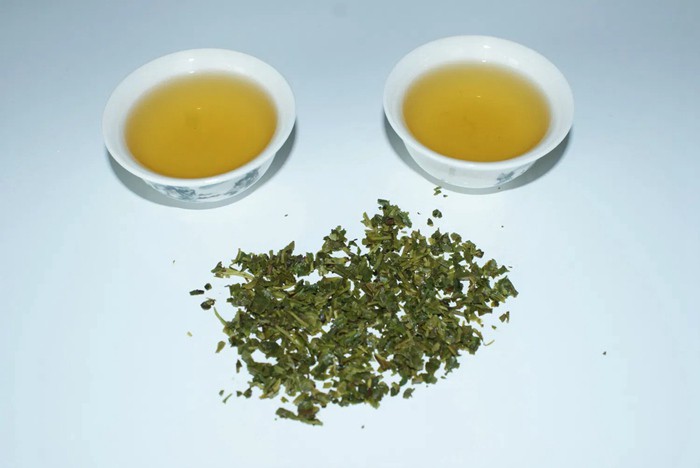
More Than a Drink: A Cultural Legacy
Green tea is deeply woven into the fabric of East Asian cultures. The Japanese tea ceremony (Chanoyu) is a highly ritualized art form centered around matcha, emphasizing mindfulness, respect, purity, and tranquility. In China, tea houses are social hubs, and sharing tea signifies hospitality and connection. It represents harmony, simplicity, and a deep appreciation for nature's gifts.
Q&A
Q: What makes green tea different from black tea?
A: The key difference is processing. Green tea is quickly heated (steamed or pan-fired) after picking to prevent oxidation, preserving its green color and fresh, vegetal flavors. Black tea undergoes full oxidation, resulting in darker leaves, a stronger flavor, and different chemical compounds.
Q: Where did green tea originate?
A: Green tea originated in China thousands of years ago. It has been cultivated, consumed, and deeply integrated into Chinese culture and medicine since ancient times before spreading to Japan and other parts of Asia and the world.
Q: What are the main health benefits associated with green tea?
A: Green tea is rich in antioxidants called catechins (especially EGCG). Research suggests regular consumption may support heart health, boost metabolism slightly, offer neuroprotective benefits, improve oral health, and provide overall antioxidant protection. It's not a miracle cure, but a healthy addition to a balanced lifestyle.
Q: Why shouldn't I use boiling water for green tea?
A: Boiling water (212°F / 100°C) is too hot for most green teas. It can scald the delicate leaves, extracting excessive bitterness and astringency while destroying subtle flavors and aromas. Ideal temperatures are typically between 140°F - 185°F (60°C - 85°C), depending on the specific tea.
Q: What is Matcha, and how is it different from regular green tea?
A: Matcha is a specific type of Japanese green tea. It's made from shade-grown tea leaves (Tencha) that are stone-ground into a fine powder. Instead of steeping leaves and removing them, you whisk the powder into hot water, consuming the entire leaf.
Q: How long should I steep green tea?
A: Steeping time is crucial. Generally, steep green tea for 1 to 3 minutes. Delicate teas (like Gyokuro or high-grade Sencha) need shorter times (1-2 min), while heartier teas (like some Chinese pan-fired greens) can handle slightly longer (2-3 min). Over-steeping leads to bitterness. Start short and adjust to your taste.
Q: How should I store green tea to keep it fresh?
A: Green tea is perishable! Store it in an airtight, opaque container (like a tin or dark ceramic jar) away from light, heat, moisture, and strong odors. Keep it in a cool, dark cupboard. Refrigeration can extend life but risks condensation and odor absorption – ensure perfect sealing if you do. Use it within a few months for best flavor.
Recommended products
